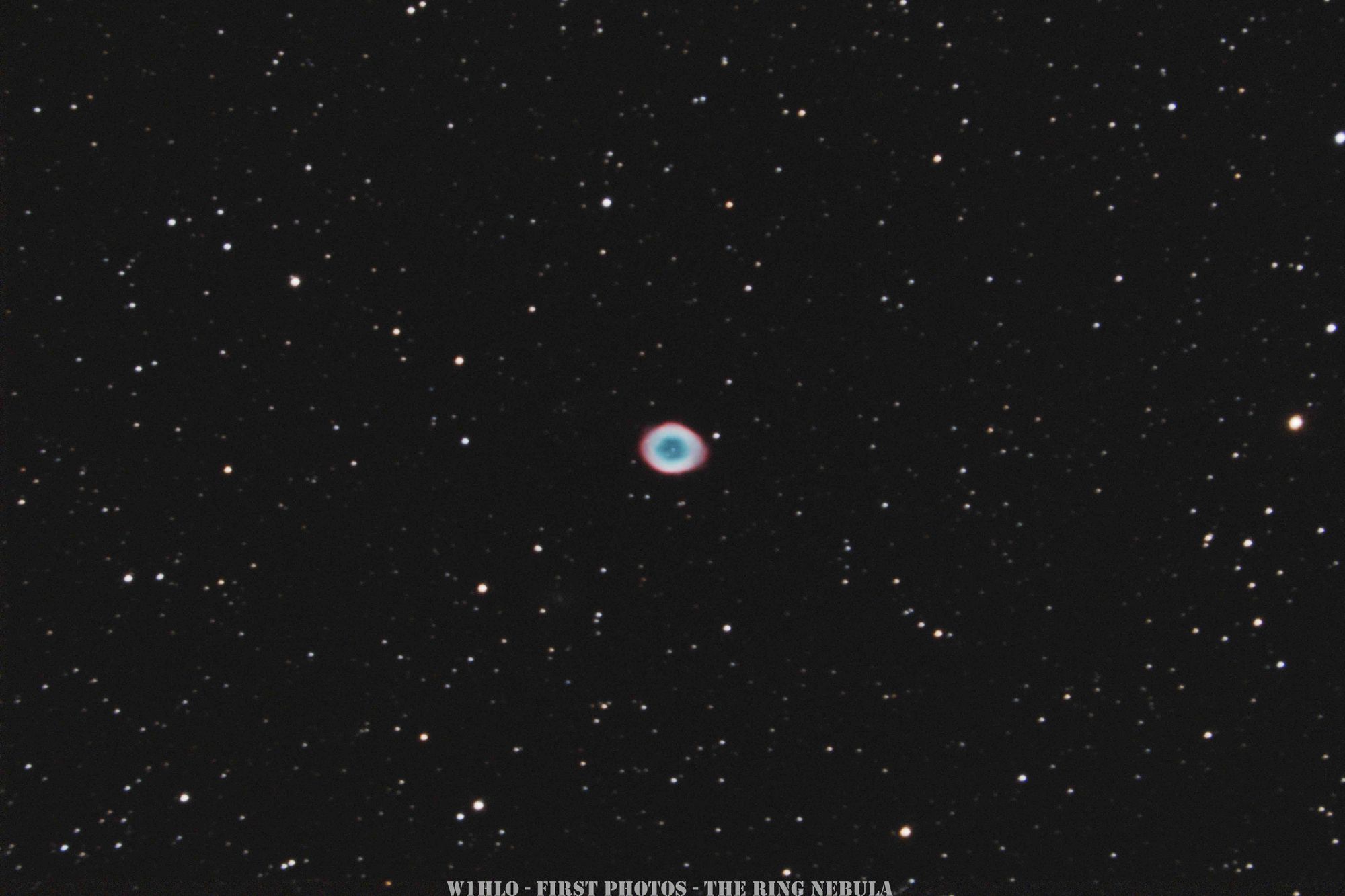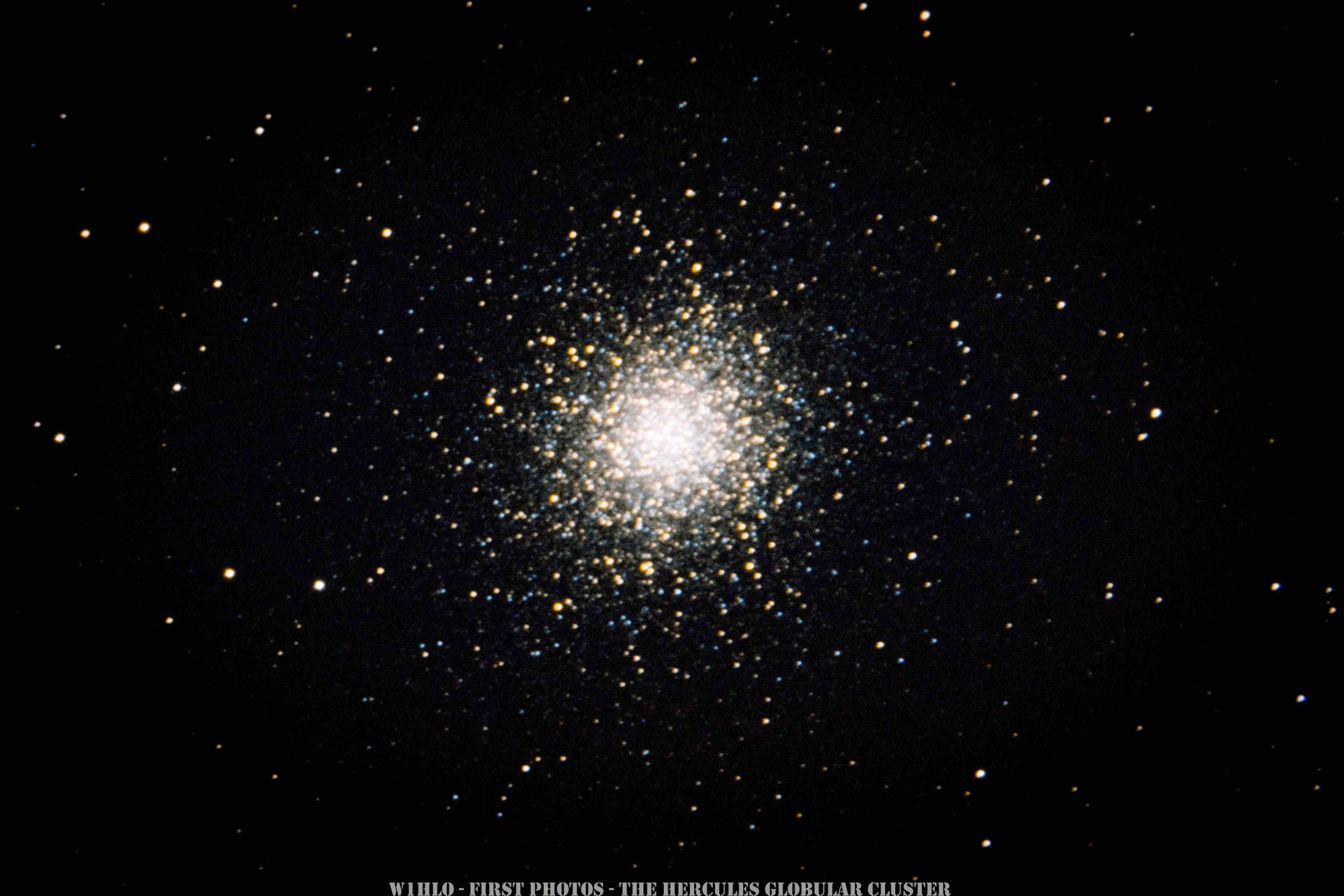NFA Observatory First (Re)Light

After many years of planning, refurbishment, and testing, the Norwich Free Academy Observatory is finally operational. Astronomy and amateur radio are inextricably intertwined and it's no surprise that our W1HLO students are excited to peer into space and make new discoveries. As an NFA student, I remember seeing Halley's Comet through this telescope in 1986. So, I have a personal connection with this telescope. The NFA Observatory was originally installed in 1981 through a donation from Gladys Mallove on behalf of the Mitchell Mallove family. Upgrading our telescope was an enormous undertaking – not only did the dome have to be replaced, but everything except for the Celestron 14-inch optical tube assembly (OTA) had to be replaced as well.
I wanted the observatory to be accessible to all, so this meant getting into the realm of astrophotography (AP). AP allows for precise remote control of a telescope as well as being able to see deep space objects that aren't normally visible to the naked eye. Outfitting our telescope for AP required a whole set of new skills and research to make sure everything could work correctly. The original Celestron C14 OTA was mounted on a Celestron CGX-L mount which was, in turn, mounted on a new pier. For imaging, a ZWO ASI2600MC Duo color camera with an integrated guider was installed. In the image train, a Starizona .7x reducer with a ZWO EFW filter wheel was added along with the necessary adapters for the proper backfocus.
A ZWO EAF focuser with an adapter plate was added onto the OTA for precise focusing. To control everything, a ZWO ASIAir Plus computer with a custom-made 3D printed bracked was added onto the OTA. (For those of you trying to get a CGX-L mount to work with an ZWO ASIAir, you need an externally powered USB hub between the ASIAir and the CGX-L! Otherwise you'll have issues with the polar alignment process. This YouTube video helped with the setup procedure as well in order to get things talking correctly.) Using an iPad, we can calibrate all the equipment and point the telescope anywhere in the night sky that we wish. The cameras and filters also allow us to deal with Norwich's light pollution, which has no doubt increased over the years since seeing Halley's Comet in 1986. The dome, a 10' Technical Innovations Home Dome, can't be controlled by the ASIAir Plus however we just use the remote control and steer the open shutter where it needs to be.
Below, you can see some of our first photos. One of our students, Clark, an astrophotographer, has processed these photos using Sirl and they came out fantastically!




